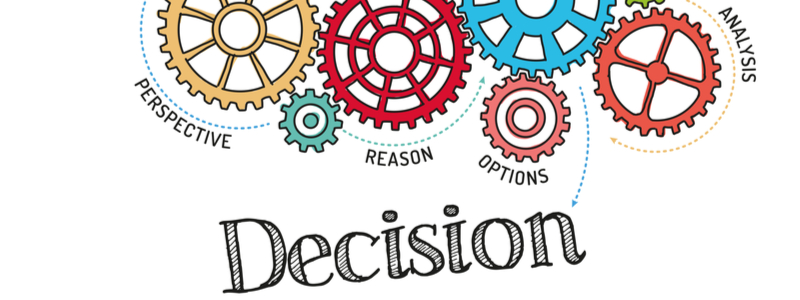One reason some organizations are less effective than others? Lack of accountability. This becomes evident with questions like, “Why isn’t this done?” or “Who’s responsibility is this?” The answers might be, “I thought you are doing this” or, “Why are we both working on the same task separately?” Confusion reigns. While not an ideal situation, it is (unfortunately) entirely too common.
The root cause of confusion and inefficiency is people’s misunderstanding of their decision rights and how to exercise them. Decision rights simply mean, “Do I decide this or is this somebody else’s decision? Is this my issue to resolve, or someone else’s?”
In some cases, the problem exists at an individual level when an employee is unsure of expectations. Here, there are several factors at play, including poor understanding of the need, lack of will to make “tough calls” or lack of skills to perform the task. But in many cases, people are simply unclear about their decision rights.
Empower Leaders
Some organizations are extremely good at defining decision rights. For example, a manager is given a total budget, and the expenditure dollar limit they can approve on their own. These organizations spell out the rules for employees, and specify when they need approval or input from others in the organization.
A current client is attempting to hire us to do organization alignment work. He has funds in his budget to cover the project, and the work is straightforward. However, it is challenging to gain approval from other parts of the organization – resulting in several phone calls with attorneys, corporate governance, the contract office, and others. The client’s frustration grows each time he realizes his lack of understanding in his own company’s process for engaging outside help. With so much friction and lack of clarity on his own decision rights, this leader may decide it’s not worth the hassle. The inability to complete work in a timely and straightforward way is resulting in missed opportunities for his organization. He is a director-level leader who believes he has the ability to make decisions regarding his budget, but reality shows he is unable to act.
Enable Leaders
Another component reflects the gap between an individual’s decision rights and their competence and expertise. Properly trained individuals should be capable of acting within their rights. But that concept may not apply to every situation. For example, a driver’s license affords you the right to drive. However, get in a race car at Talladega Motor Speedway, and you might quickly realize your lack of competence in that type of driving.
This aspect of decision rights is the confidence that you have the skills to successfully make decisions required to perform your work. Organizations need to do more than simply grant the right to make a decision. They also need to ensure the skills and expertise to execute. Several cultural factors exist in providing leaders the organizational and political aircover to act in situations that impact others or disrupt the status quo.
Organizational Decision-Making Processes
Comparable challenges are also evident within the organization itself. Most organizations do not make decisions collectively, instead setting policies to guide decision-making processes. These policies spell out the rules under which everyone operates. Clear, practical, and usable rules facilitate effective organization performance.
Policies also influence decision rights, affecting leaders’ trust in other organizational groups to “do their part.” Consider the director jumping through multiple internal hoops just to hire us. Clearly, he lacks the skills, knowledge and understanding of how to navigate the organization’s buying process. The policies appear to be unclear and complex. Additionally, he’s losing trust in the institution and other groups he relies on to move forward. If he gives up on engaging us, what happens the next time his organization needs outside help? His inability to get things done might force him to work around the system. Or he may not even try at all – to the detriment of the organization.
To foster both accountability and capability, organizations need to provide decision rights, expertise, and systems to get things done. Organizationally, clear and direct policies and a focus on cooperation and responsiveness is key. There is an implied social contract that we not “prevent others from exercising their decision rights.” We’re here to help each other to get work done and figure out how to accomplish our goals.
Our client in the example doesn’t think, “The people in my organization have my back; they help me in complex situations.” Instead, he sees speed bumps to avoid or circumvent. To fully leverage the power of decision rights, leaders need to be aware of their decision rights, the expertise to exercise those rights and the organizational support to move forward.





